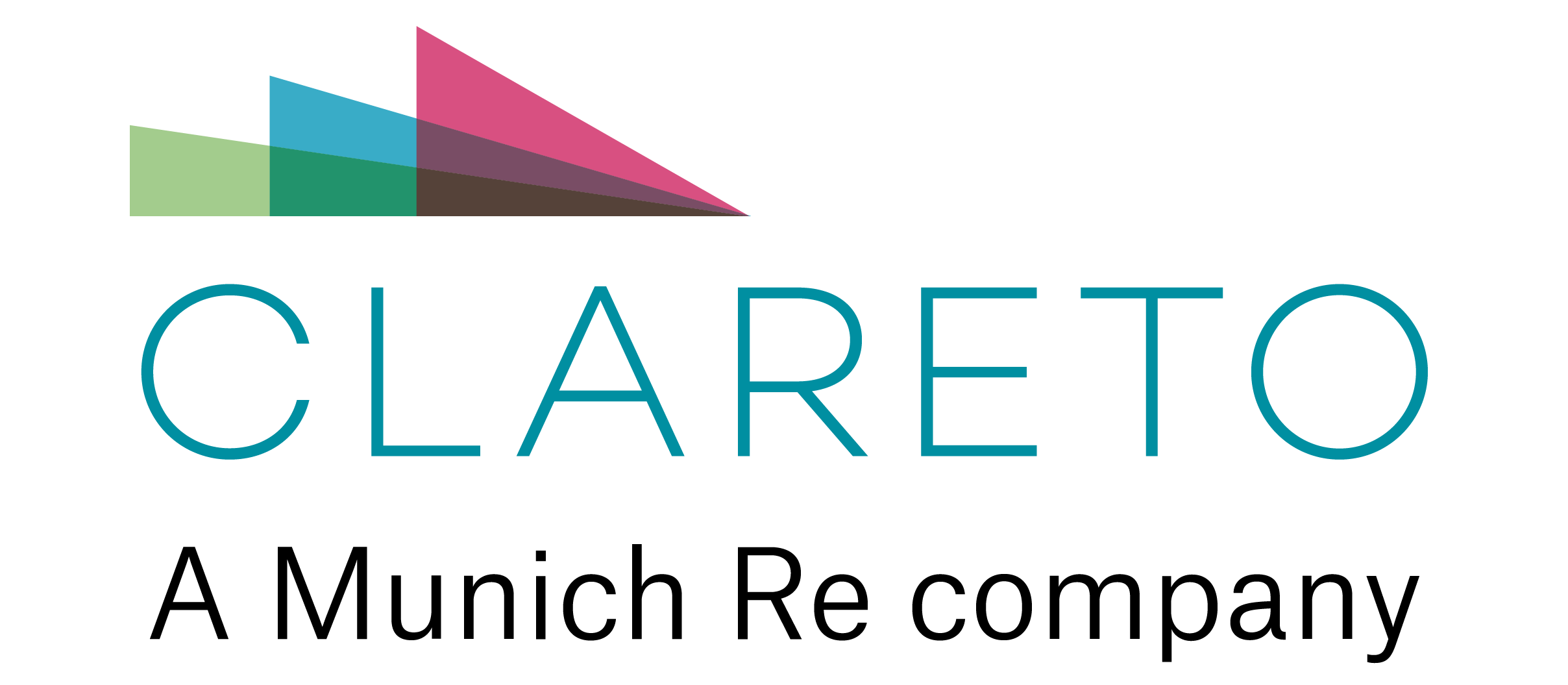Case Study: Reducing Authorization Denials
In Q3, we defined three priorities for our EHR+ network strategy:
- Grow and diversify the EHR+ network by adding net-new health data partnerships.
- Continuously improve the EHR+ network with a focus on several KPIs, including fulfillment rates and response times.
- Enhance the EHR+ network via strategic partnerships, such as Diameter Health (data normalization) and Convergent (provider directory).
We also completed our first study aimed at increasing fulfillment rates, and we’d like to share some exciting results.
Background
Recently, we identified several opportunities to close the gap between our match rate (the percentage of cases for which our EHR+ network finds a patient, which now exceeds 65% nationwide) and our fulfillment rate (the percentage of cases for which our EHR+ network successfully retrieves medical records). Based on analysis of our transaction data, we chose to focus on reducing authorization denials and designed a solution that met the following criteria:
- Can be measured.
- Has the potential to significantly improve one or more of our KPIs.
- Does not require our clients to make any changes, technical or otherwise.
Methodology
Our development team implemented the solution and deployed it to our production environment. To evaluate the results, we monitored all cases with a patient match and a status of either “Documents Received” or “Authorization Denied” during the following measurement periods:
- Pre-deployment (Pre).
- Post-deployment (Post1, with a sample size equal to Pre).
- Extended post-deployment (Post2, with a sample size equal to 2x Pre).
For each period, we calculated the Documents Received Rate (DRR, equal to the number of Documents Received cases divided by the number of Documents Received plus Authorization Denied cases), the Authorization Denied Rate (ADR, equal to 1 minus the DRR), and other metrics.
Results (proof of concept!)
Across all cases, our solution achieved 29% and 25% reductions in the ADR during the Post1 and Post2 periods, respectively, compared to the Pre period. We also looked at individual healthcare organizations (HCOs) within our EHR+ network for similar improvements and the durability thereof. Notably, the DRR for 9 of the top 50 HCOs increased by >15% from the Pre period to the Post2 period, including the following:
- Midwest HCO – DRR increased from 65% Pre to 100% Post2.
- West HCO – DRR increased from 57% Pre to 90% Post2.
- Southeast HCO – DRR increased from 52% Pre to 71% Post2.
- Mountain HCO – DRR increased from 39% Pre to 65% Post2.
- Northeast HCO – DRR increased from 25% Pre to 46% Post2.
Conclusions (let’s keep going!)
These results were consistent with our expectations – our solution reduced authorization denials and drove a corresponding increase in fulfillment rates. In addition, we observed improvements among HCOs that we expected to respond to our solution, as well as HCOs that were not part of our pre-deployment focus, demonstrating generalizability across our EHR+ network. Most importantly, these results validate the second prong of our EHR+ strategy and confirm that we can “squeeze more juice” from our EHR+ network.
Please contact us if you’d like to learn more about the study, our plans to expand on this work, and how we can work together to boost your EHR+ experience.
